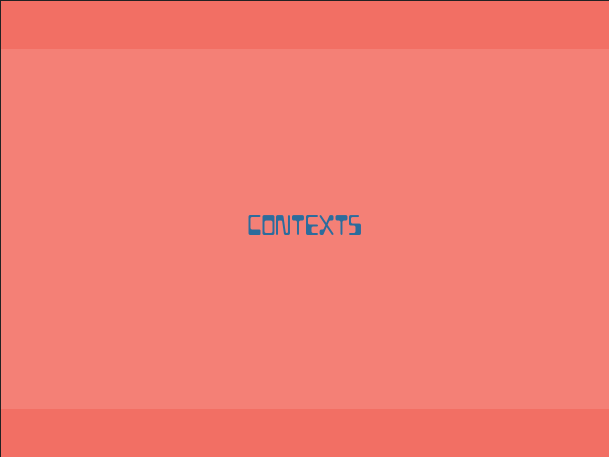I made a risograph book nearing the end of the course, it included a variety of my work i have produced during the course. From observational drawings, to 35 mm photographs and then to finished prints. there is a large range in the book I have made. In addition, each copy is different, there are unique combinations of the pages and the nature of risograph printing means that no copy is identical.




















The book has a5 sized pages and each copy has 30 images.
It is also important to note the reference to illuminated devotional, medieval manuscripts as this provided a useful context to work against.



Increasing the scale of my work obviously changes the relationships between the works themselves but also with the viewer. Through digitally manipulating my work before it is enlarged and digitally printed i am able to enhance and emphasise the sensation of rhythm and harmony generated through the arrangement of prints.
Also the display of my work in this format, as the exhibition at the South London Gallery demonstrated, is that it is very dependent and relative to the surroundings. in each environment the work will function and be arranged differently. There is no set way for this work to be hung.

This piece is 1.5 meters wide and 2 meters tall. It must be noted that although this was digitally printed as a whole piece, I prefer it operating as two separate entities. There is far more for the viewer to take in, as the piece before it was cut was overwhelming due to its size but now it is overwhelming not just in that sense but additionally the viewer is prompted to consider their own body in relation to the work.
In addition, as the viewer comes closer to the print they are made aware of the surface qualities. The materiality of the work is more noticeable on a larger scale.
The material qualities are also noticeable on this print, as it was scanned into photoshop at a high dpi, I was able to keep and emphasise the surface tension. The bold colours immediately draw the viewer in, whilst communicating a sense of balance and harmony.

Installation view of Dolly Mixture, South London Gallery

Installation view of Dolly Mixture, South London Gallery

Installation view of Dolly Mixture, South London Gallery

Installation view of Dolly Mixture, South London Gallery

Installation view of Dolly Mixture, South London Gallery

Installation view of Dolly Mixture, South London Gallery

Installation view of Dolly Mixture, South London Gallery

Installation view of Dolly Mixture, South London Gallery
Presenting Dolly Mixture at the South London Gallery felt like a neat end point to my development on the course. The work was a reflection of all that I explored all that I had throughout the MA. The materiality and physical nature of the prints were visible close up and further away the viewer felt the rhythmic sensation that flowed throughout through the use of repetition of colour, line and form. Furthermore the repetition of these elements established an abstract language with the viewer, which is distinctive throughout my practice.
Moving forward, I wish to explore more three-dimensional materials. Translating my ideas into different mediums to involve and overwhelm the viewer in different ways. My work exhibited at the Copeland Gallery began to explore the three-dimensionality of my practice and its ability to invade the viewer's space.













